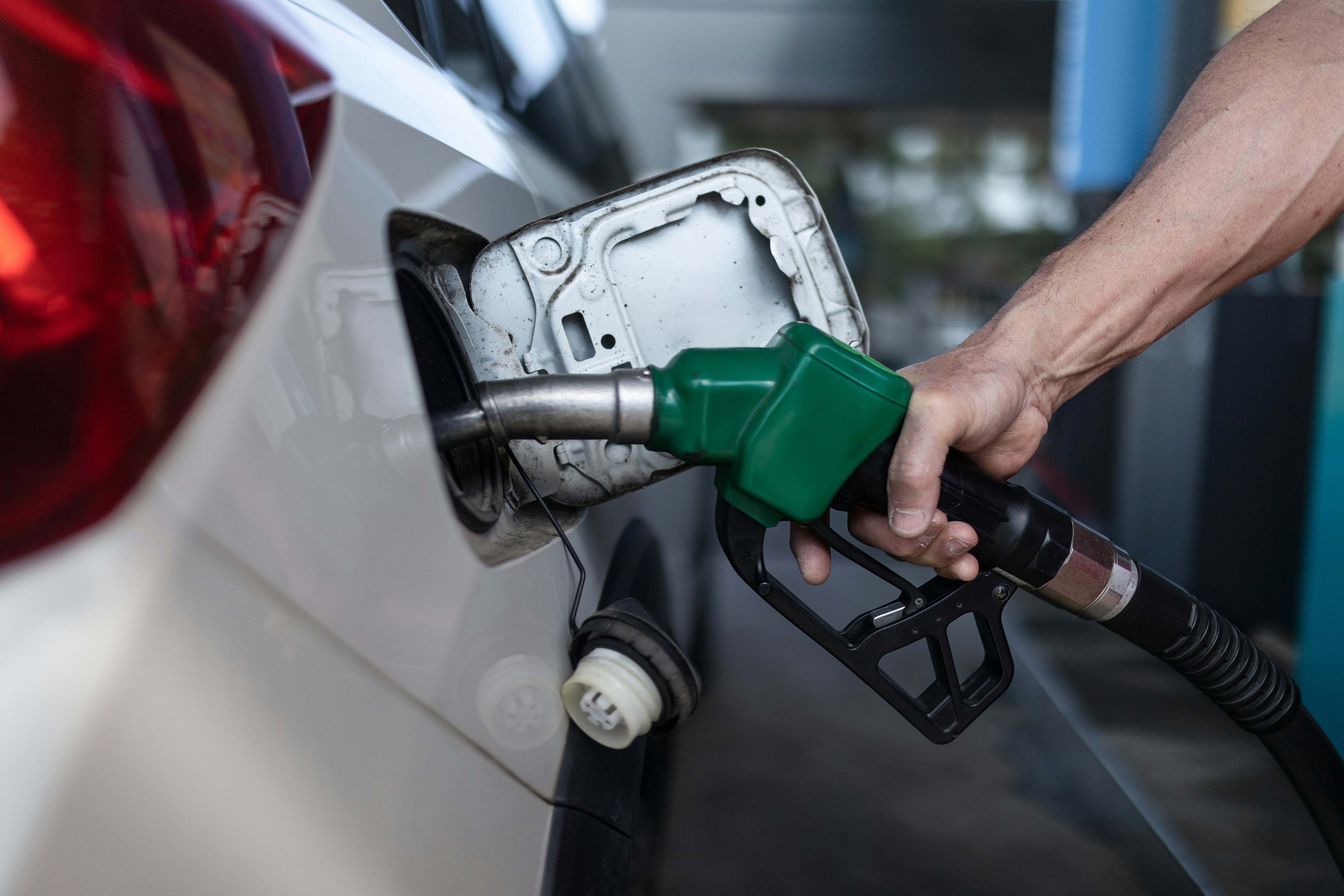
There is a huge amount of trust required between an employer and an employee when it comes to mileage expenses. So, it will be no surprise to read, historically this was prone to being seriously exploited costing companies many thousands of pounds.
In more recent times with the introduction of technology and GPS tracking we have seen more and more companies looking for solutions to handle the data capture, and also assist in the actual processing of expenses claims, after all analysing mileage expenses can be a time-consuming and sometimes a labour heavy process.
If you are unsure on identifying if you need help with your mileage expenses policy and process, below is a check list to assist you toward deciding if you need to introduce a mileage expenses system in to your business.
- Check the Business Personal Split- HMRC feel a 60/40 split is the benchmark. Calculate the business personal split for your drivers and ask yourself if it feels right
- Random audit of Trips- take a random selection of trips from different drivers and key the details into a mapping system such as google maps. Does the mileage submitted differ significantly from the mapping tool? This should only be taken as a guide because you don’t know the exact journey route taken and there could be a valid reason for a difference. With GPS solutions there is no query as the route taken would be available to review.
- Cross reference- look at trips with your other records such as the CRM system. One way that some drivers find to increase business mileage is by making up trips that have never occurred. Drivers have been caught out when the Sales System shows different information or when the security system shows a driver was supposedly in two places at once. Even train tickets to London may correspond with a claim of a drive to London.
- Spot check the mileage rate- Do you let drivers pick a mileage rate, if so, check it’s up to date. HMRC review the rates every 3 months and drivers can easily get it wrong.
- Does the mileage claimed correspond with the mileage on the car- If you have company cars then it’s a quick check, but is it recommended to carry out vehicle mileage audits, if drivers are using private vehicles and claiming business mileage back, it is prudent to makes sure odometers readings are part of the process when submitting mileage claims.
- Check the approval process- Ensure claims are periodically audited to make sure they are being thoroughly checked and not just approved. It is very easy to have a typo on a manual claim, for example an employer reimburses the employee on 1113 business miles instead of 13 miles. Clearly a typo but the driver had missed it and so had the approving manager, at £0.17 per mile the over payment totalled £154.
- Driver efficiency- Do your drivers make multiple journeys during the same week/month in the same areas? With manual systems you have no quick way of knowing and rely on employee visit reports, and then time is required to collate those reports in to useful analytical data. The benefits of GPS tracking solutions like Peak, the data capture is already done, and by simply exporting the data you can very quickly identify customers visited in the same areas. This will enable you to educate your drivers in planning journeys more efficiently, aim to visit an area and do multiple calls rather than 1 or 2 and then 3 days later go back to the same area for another meeting. It is not always possible, but with a little thought the benefits are financial for the business and the environment.
If you feel you, your business or you know someone who would benefit from automating mileage expenses then please contact us about Peak Mileage Expenses by emailing hello@proximitum.com.


